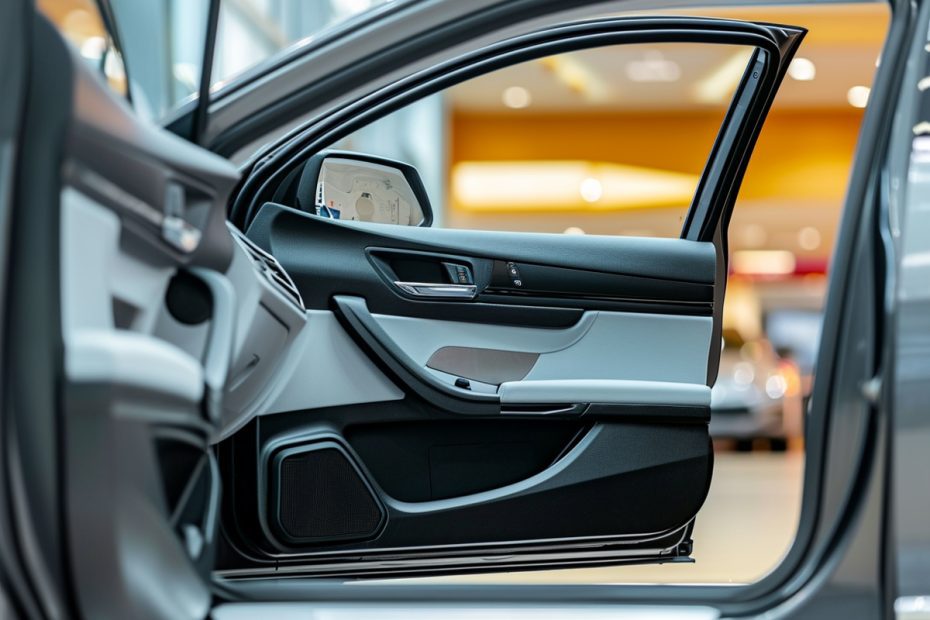When we’re faced with power door lock problems, it’s like losing a trusty sidekick that always had our back. Suddenly, our vehicle’s security and convenience are compromised, and we’re left wondering what went wrong. We’ve all been there, and it’s a hassle we’d rather avoid.
But fear not! We’re here to guide you through the process of diagnosing and fixing power door lock issues. Whether it’s a stubborn lock that won’t budge or a system that’s completely unresponsive, we’ve got the know-how to get your locks back in working order.
Understanding Power Door Lock Systems
Power door locks are a key feature in modern vehicles, often taken for granted until an issue arises. These systems allow drivers and passengers to lock and unlock vehicle doors with the push of a button. Let’s delve into the mechanics and electronics behind them.
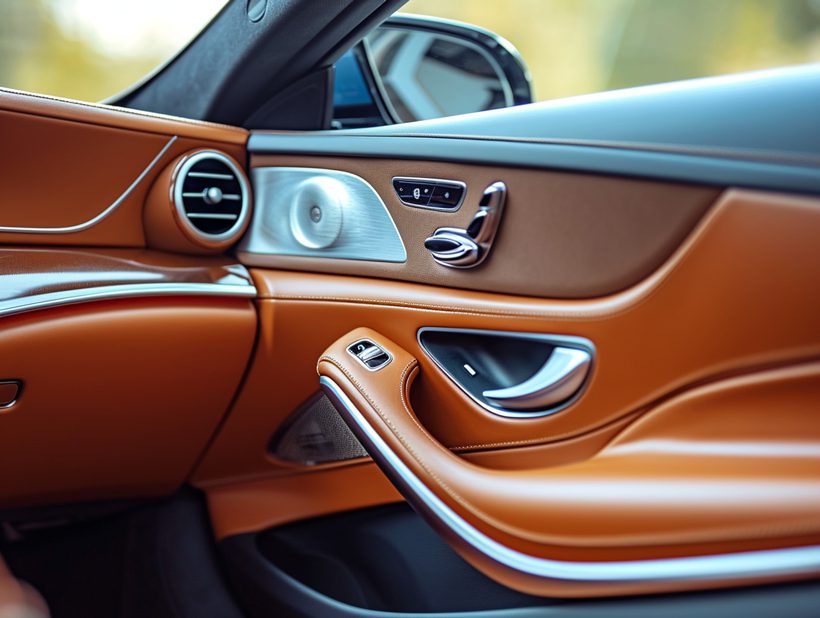
The Components of a Power Door Lock System
At its core, a power door lock system contains several critical components:
- Actuators: Small electric motors connected to the door lock mechanism.
- Switches: Buttons situated on door panels or key fobs enabling control.
- Control Module: The brain of the system receiving signals from switches and key fobs.
These parts work seamlessly to deliver the convenience we’ve become accustomed to. When you press the lock or unlock button, a signal is sent to the control module which then directs the actuators to secure or release the locks.
How Power Door Locks Fail
Power door lock issues often stem from these common problems:
- Electrical faults: Short circuits or blown fuses disrupting function.
- Mechanical wear: Regular use leading to wear and tear on components.
- Malfunctioning actuators: The central cause for lock failure.
Faulty wiring or a dying battery can also lead to erratic lock behavior. Regular maintenance and prompt repairs can extend the longevity of your power door lock system.
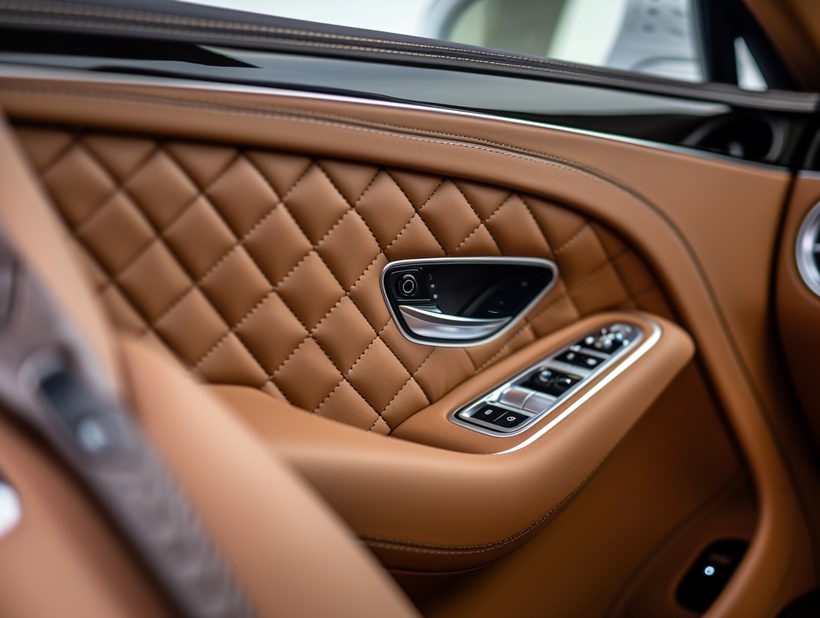
Diagnosing the Issue
To identify the problem with the power door locks, we perform a series of checks:
- Inspect fuses and wiring for damage or disconnections.
- Listen for the sound of the actuator when operating the switch to gauge functionality.
- Check the battery in your key fob as it might be the culprit.
By systematically checking each of these components, we can isolate the issue and determine the appropriate solution.
Power door lock troubles can be inconveniencing, but understanding how the system operates makes us better equipped to tackle any issues head-on. With due diligence and the right know-how, keeping your vehicle secure and accessible is a task well within our grasp.
Common Signs of Power Door Lock Problems
When we encounter issues with our vehicle’s power door locks, it’s crucial to recognize the typical signs that point toward a problem. Paying attention to these symptoms can save us time and potentially costly repairs down the line. Here’s what to keep an eye out for:
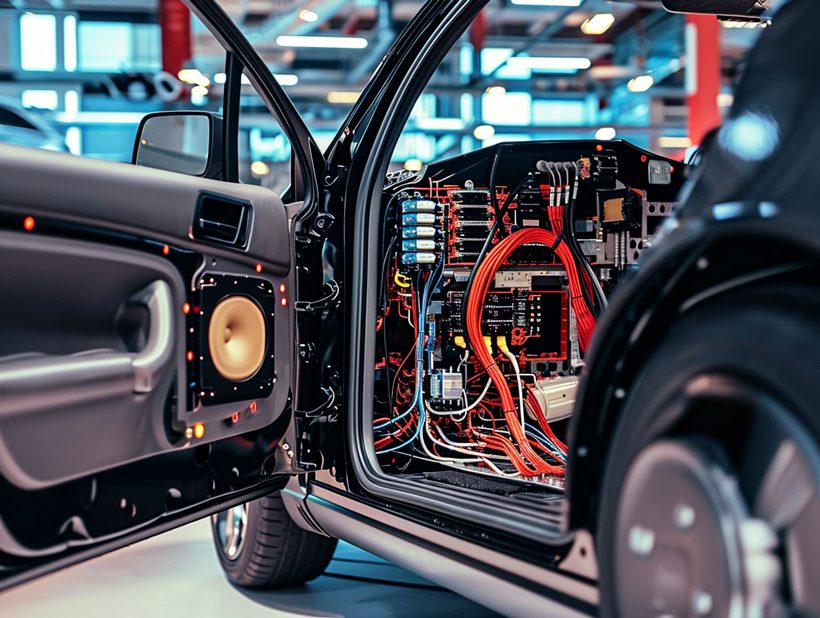
Unresponsive Locks
The most obvious sign that something’s amiss is when the door locks do not respond to the key fob or the interior lock switch. This could indicate an electrical issue or a faulty actuator.
Strange Sounds
Listen carefully when operating the door locks. Grinding or clicking noises could alert us to a mechanical hitch within the lock mechanism.
Inconsistent Operation
Another red flag is inconsistency. If the locks work intermittently or only certain doors are affected, the problem might be with the wiring or a single actuator.
Key Fob Malfunctions
If the key fob fails to initiate the locking process, it’s possible the battery needs replacing or there’s a communication issue between the fob and the vehicle.
Recognizing these indicators early often allows us to tackle power door lock problems before they escalate. Regular maintenance and prompt addressing of any abnormalities play a crucial role in ensuring the longevity and reliability of our car’s locking system. By staying alert to these common signs, we empower ourselves to maintain the security and functionality of our vehicle’s power door locks.
- Unresponsive to commands
- Odd noises during operation
- Inconsistent locking and unlocking
- Key fob isn’t working properly
Understanding these symptoms and their possible causes will help us diagnose the issue more rapidly and with greater accuracy. With a methodical approach, we can determine whether the fault lies with a fuse, wiring, the actuator, or the key fob itself. By systematically ruling out probable causes, we provide ourselves with a clear path to restoring the functionality of our power door locks.
Diagnosing the Root Cause of the Issue
When faced with power door lock problems in vehicles, it’s essential to pinpoint the exact source of the trouble to ensure an effective fix. We’ll guide you through a step-by-step diagnostic process to uncover the underlying cause of your power door lock issues.
Start by examining the battery in your key fob; it’s often the simplest fix. If the key fob lights up or operates other functions, you can typically rule out a dead battery.
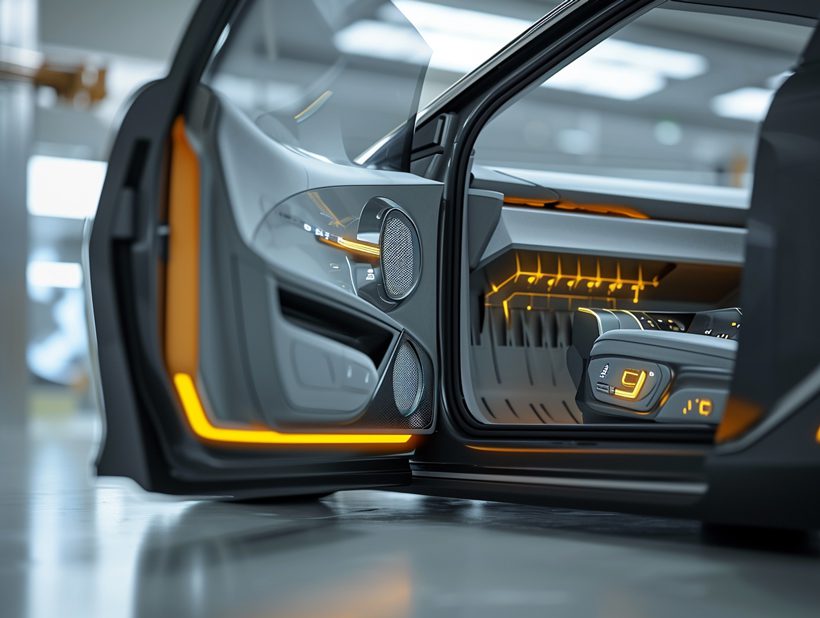
Next, inspect the door lock actuator. This component is responsible for physically locking and unlocking the doors. Signs of a failing actuator include unusual noises or sluggish movement when trying to lock or unlock.
Consider the wiring and fuses too. Electrical issues can stem from corroded wires or blown fuses. Take a peek at your vehicle’s fuse box and look for any signs of damage or wear.
Let’s not overlook the key fob‚Äôs programming. Sometimes the issue is not with the key fob itself, but rather with its connection to the vehicle. A reprogramming may be necessary, especially if the key fob stops working after a battery replacement or other vehicle maintenance.
| Common Issue | Quick Check |
|---|---|
| Key Fob Battery | Ensure the key fob lights up |
| Door Lock Actuator | Listen for unusual noises |
| Wiring and Fuses | Inspect for corrosion or damage |
| Key Fob Programming | Check operating after maintenance |
If after these checks the problem still exists, it’s likely rooted in a more complex issue that requires a professional diagnostic. Auto locksmiths or your local dealership possess specialized tools that can accurately identify the issue with your power door locks.
Remember, addressing power door lock problems promptly can prevent you from being locked out of your vehicle and ensure the safety and security of your car. Monitoring for symptoms and investigating them thoroughly is vital in keeping your vehicle in tip-top condition.
Tools and Equipment You’ll Need for Diagnosis
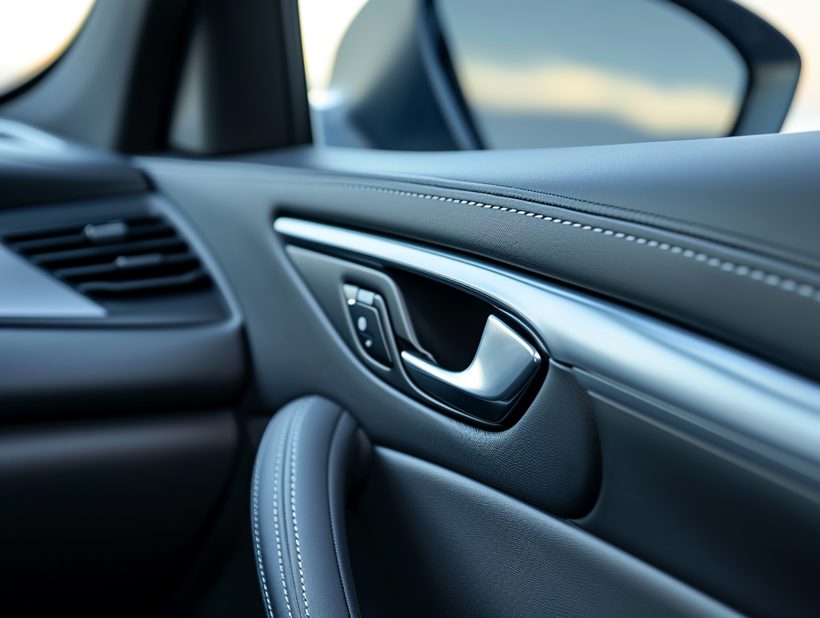
Diagnosing power door lock problems can be straightforward if you’ve got the right tools and equipment at hand. Here’s what we’ll need to dig into the mechanisms and electrical systems that keep our car locks functioning:
- Multimeter: This is essential for testing the electrical currents in the fuses, wiring, and actuators.
- Torx and flathead screwdrivers: For gaining access to the interior panels where many of the lock components are housed.
- Wire strippers and crimpers: If there’s a need to repair any wiring, these tools will be indispensable.
- Fuse puller: Sometimes the problem is simply a blown fuse, and this tool helps us remove fuses safely.
- Flashlight or headlamp: Good lighting is crucial when peering into the dark corners of door panels and under the dash.
- Owner’s manual: This provides specific information relevant to our vehicle, such as fuse box locations and wiring diagrams.
In addition to these basic tools, we may also need a few specialty items depending on the vehicle’s make and model:
- Key fob testers: To check if our key fob is sending a signal.
- Automotive stethoscope: Useful in detecting any unusual sounds from the actuator.
- Door panel removal tool: To pop off the door panel without damaging it.
Remember, safety first! Always disconnect the vehicle’s battery before beginning any diagnostic work on the electrical system to avoid shock or causing further issues with the car’s electronics.
Here’s a quick checklist to ensure we’ve got everything ready for troubleshooting:
| Checklist Item | Description |
|---|---|
| Multimeter | For electrical testing |
| Screwdrivers (Torx, Flathead) | To access interior panels |
| Wire Strippers and Crimpers | Required for wiring repairs |
| Fuse Puller | For safe removal of fuses |
| Flashlight or Headlamp | To illuminate work areas |
| Owner’s Manual | For vehicle-specific information |
| Key Fob Tester | To verify signal transmission |
| Automotive Stethoscope | To identify actuator sounds |
| Door Panel Removal Tool | For unobstructed panel removal |
Steps to Fix Power Door Lock Problems
Diagnosing and repairing power door lock issues doesn’t always require a professional mechanic. We can tackle some of the most common problems ourselves with a bit of knowledge and the right tools from our checklist.
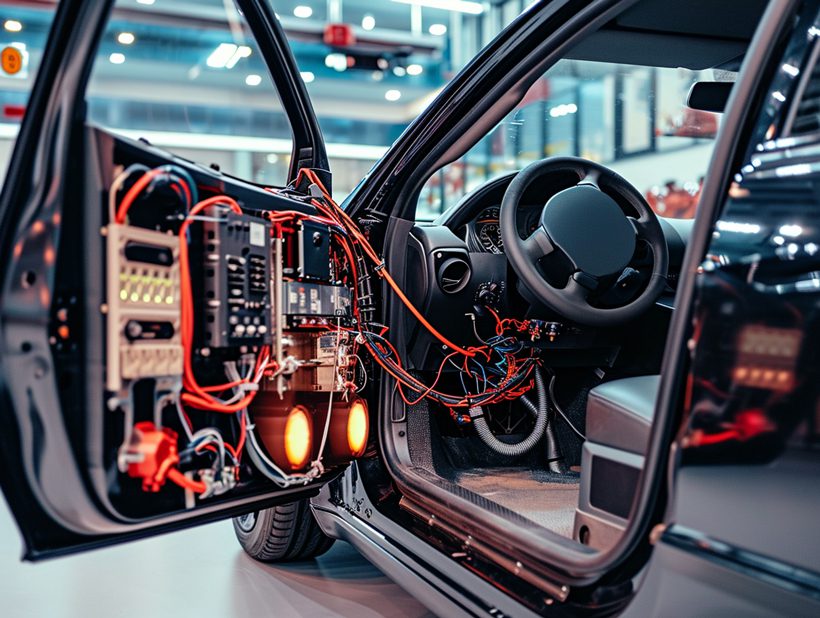
Inspect the Fuses and Circuit Breaker
First things first, let’s check the fuses related to the door lock circuit. A blown fuse is often a culprit for malfunctioning locks. We use our fuse puller to remove the fuse carefully and hold it up to the light. If the metal link inside is separated, we need to replace it with a new one that has the same amperage.
Here’s how we can identify a broken fuse:
- Metal link inside the plastic shell is broken
- Burn marks or discoloration on the fuse
- Continuity check with a multimeter shows no connection
Test the Door Lock Switch
If the fuses are intact, we’ll proceed to test the door lock switch. Probing the switch terminals with our multimeter while operating the switch should show us a fluctuation in voltage. No change in the readout could indicate a faulty switch. We make sure the lock and unlock buttons are both tested since they can fail independently.
Assess the Door Lock Actuator
The actuator is often to blame for a non-responsive door lock. We use our automotive stethoscope to listen for the tell-tale clicking sound as we activate the lock. No sound usually means we’re dealing with a dead actuator. Before rushing to replace it, we ensure the connections are secure, and the actuator isn’t simply stuck or obstructed.
Verify the Door Lock Assembly
After ruling out the electrical causes, we’ll assess the door lock assembly. With our door panel removal tool, we take off the interior door panel to access the assembly. What we’re looking for are any broken components or lack of lubrication that might impede the lock’s movement. Sometimes, a thorough cleaning or a dab of grease is all that‚Äôs needed to get things moving again.
Our approach to diagnosing and fixing power door lock problems is methodical and thorough. Armed with the right tools and a step-by-step process, we can resolve most issues without making an appointment at the garage. Remember, keeping a keen eye on each component’s condition during our investigation can save us time and money.
Conclusion
Tackling power door lock issues doesn’t have to be daunting. By following our guide, you’ve gained the knowledge to diagnose and address common problems that can arise with your vehicle’s door locks. Remember, starting with the fuses and working your way through to the door lock assembly ensures you don’t miss any potential culprits. With patience and the right tools, you’re well-equipped to handle these repairs on your own, saving time and money. Trust in your newfound skills and take pride in maintaining your vehicle’s functionality and security.
